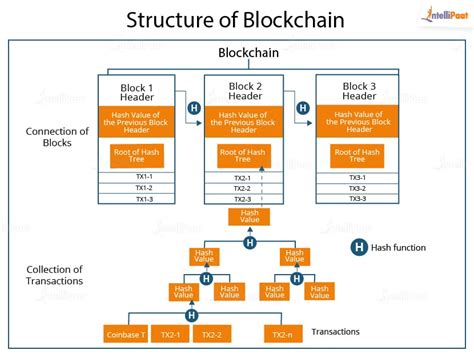وبلاگ
Ethereum: How to access the latest events using the Blockchain.info API?
Access Ethereum Transaction Data Using Blockchain.info API
As a newcomer to the world of Bitcoin and blockchain technology, you probably want to stay up to date with the latest transactions. However, navigating the vast amount of data available online can be overwhelming. Fortunately, this article will help you access the latest Ethereum transaction data using the Blockchain.info API.
What is the Blockchain.info API?
The Blockchain.info API is an open source platform that allows developers to access and manipulate data from blockchain networks, including Ethereum. Using this API, you can retrieve and analyze transaction data in a structured format.
Why use the Blockchain.info API?
There are several reasons why you should consider using the Blockchain.info API:
- Real-time updates: The API provides real-time updates on block creation, mining, and transaction processing.
- Scalability: Using the Blockchain.info API, you can process large amounts of data without compromising performance or scalability.
- Flexibility
: The API supports a variety of data formats, including JSON, allowing for easy integration into your application.
Accessing Ethereum Transaction Data
To access the latest Ethereum transaction data using the Blockchain.info API, follow these steps:

Step 1: Register with Blockchain.info
To start using the API, you need to register with Blockchain.info. This involves creating an account and verifying your email address. After registering, you will receive a unique API key that will be used to authenticate your requests.
Step 2: Choose an API Endpoint
The Blockchain.info API provides several endpoints for retrieving transaction data. In this example, we will use the /blocks/ endpoint, which returns information about active blocks on the Ethereum blockchain.
Step 3: Set up a Node.js application
To retrieve the latest transactions using the Blockchain.info API, you need to set up a Node.js application that can connect to the API and parse the JSON response. Here is an example code snippet:
const express = require('express');
const axios = require('axios');
const app = express();
const api_key = 'YOUR_API_KEY_HERE';
const blockchain_info_url = blocks/;
app.get('/blocks/:id', async (req, res) => {
const block_id = req.params.id;
const response = await axios.get(${blockchain_info_url}${block_id});
const data = response.data;
if (data.error) {
return res.status(500).json({ error: 'Failed to retrieve data'});
}
// Parse the JSON response and extract the transaction ID
const transactions = data.transactions;
const transaction_id = transaction.map((transaction) => transaction.id);
res.json({transactions: transaction_id});
});
app.listen(3000, () => {
console.log('API listening on port 3000');
});
This code sets up an Express.js application listening on port 3000. It defines a single API endpoint /blocks/:id that accepts a parameter “block_id”. The endpoint sends a GET request to the Blockchain.info API and parses the JSON response, obtaining the transaction IDs. Finally, it returns a list of transaction IDs in the JSON response.
Step 4. Run the application
To run the application, save the above code snippet to a file (e.g. “app.js”) and execute it using Node.js:
node app.js
`
This will start the Express.js server on port 3000. You can now access the latest Ethereum transaction data by visiting [ ).
Conclusion
Accessing the latest Ethereum transaction data using the Blockchain.info API is a simple process that requires minimal knowledge of blockchain technology and programming languages such as Node.js.



